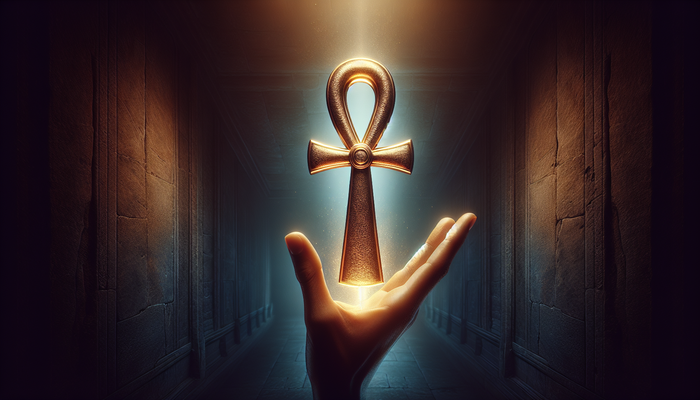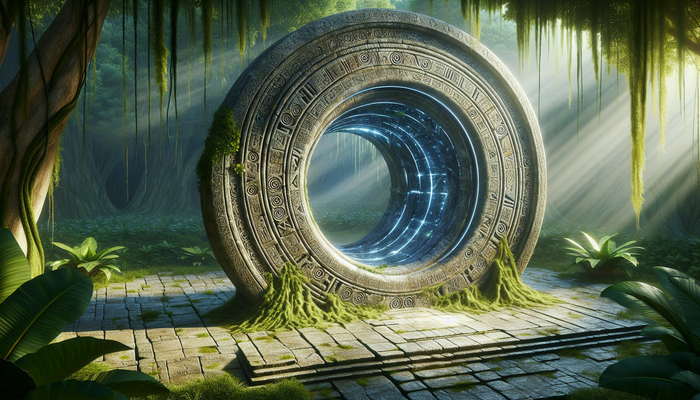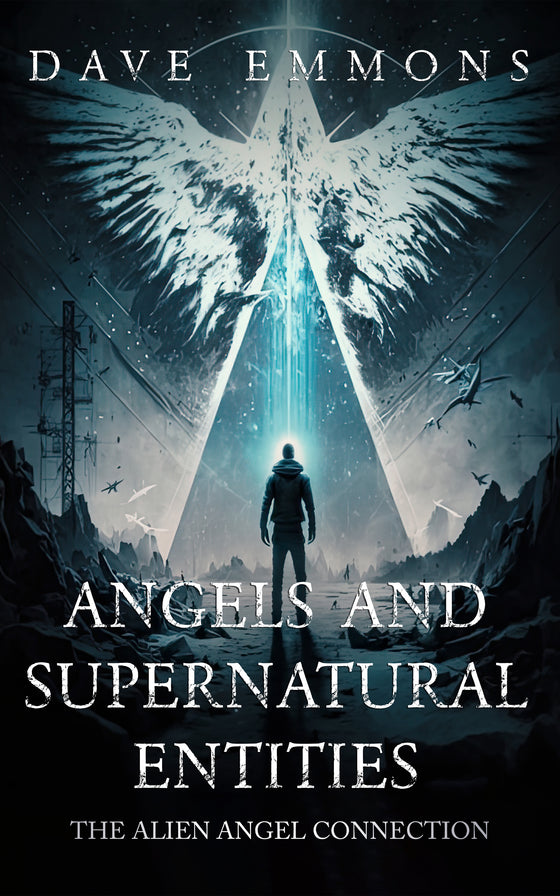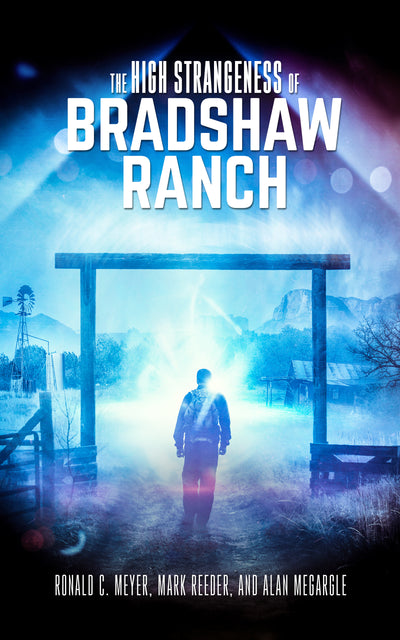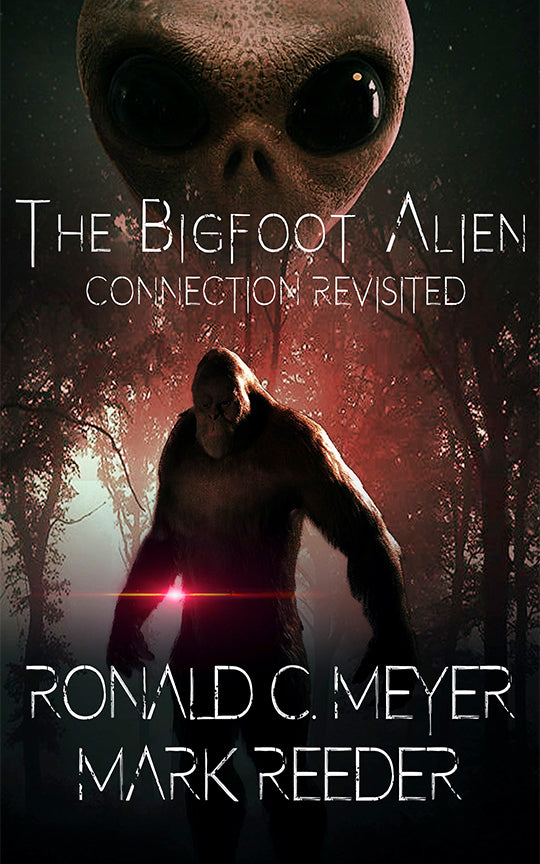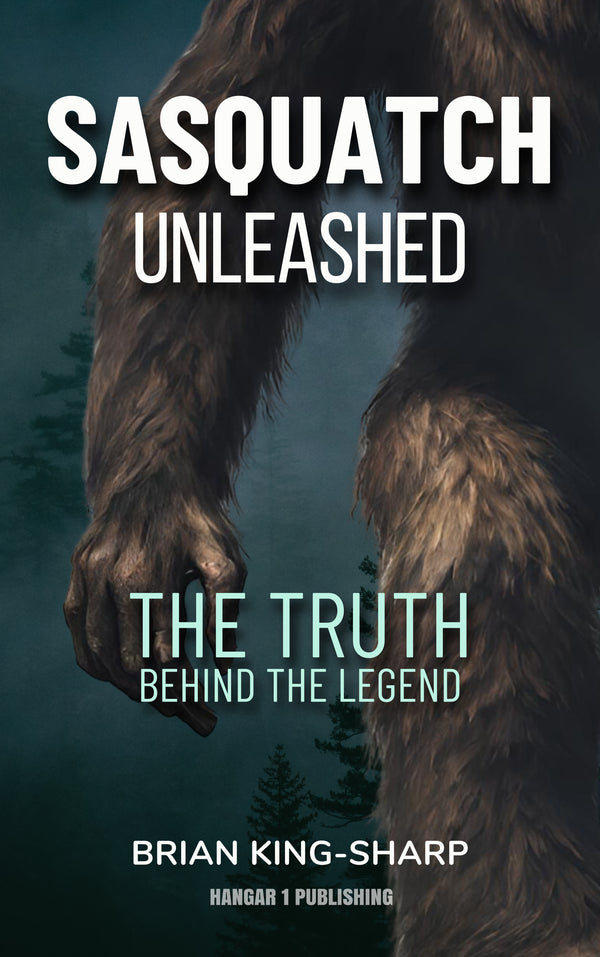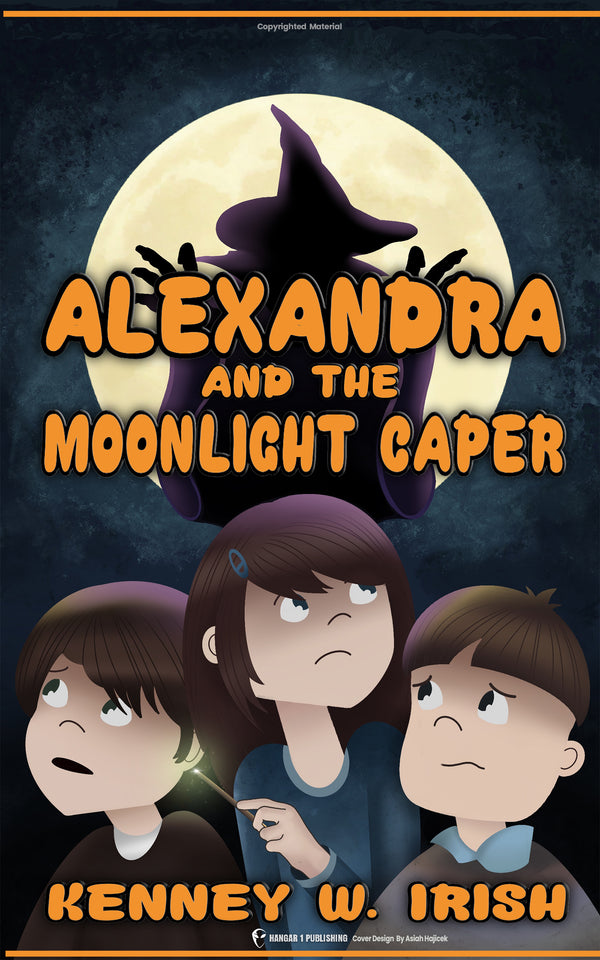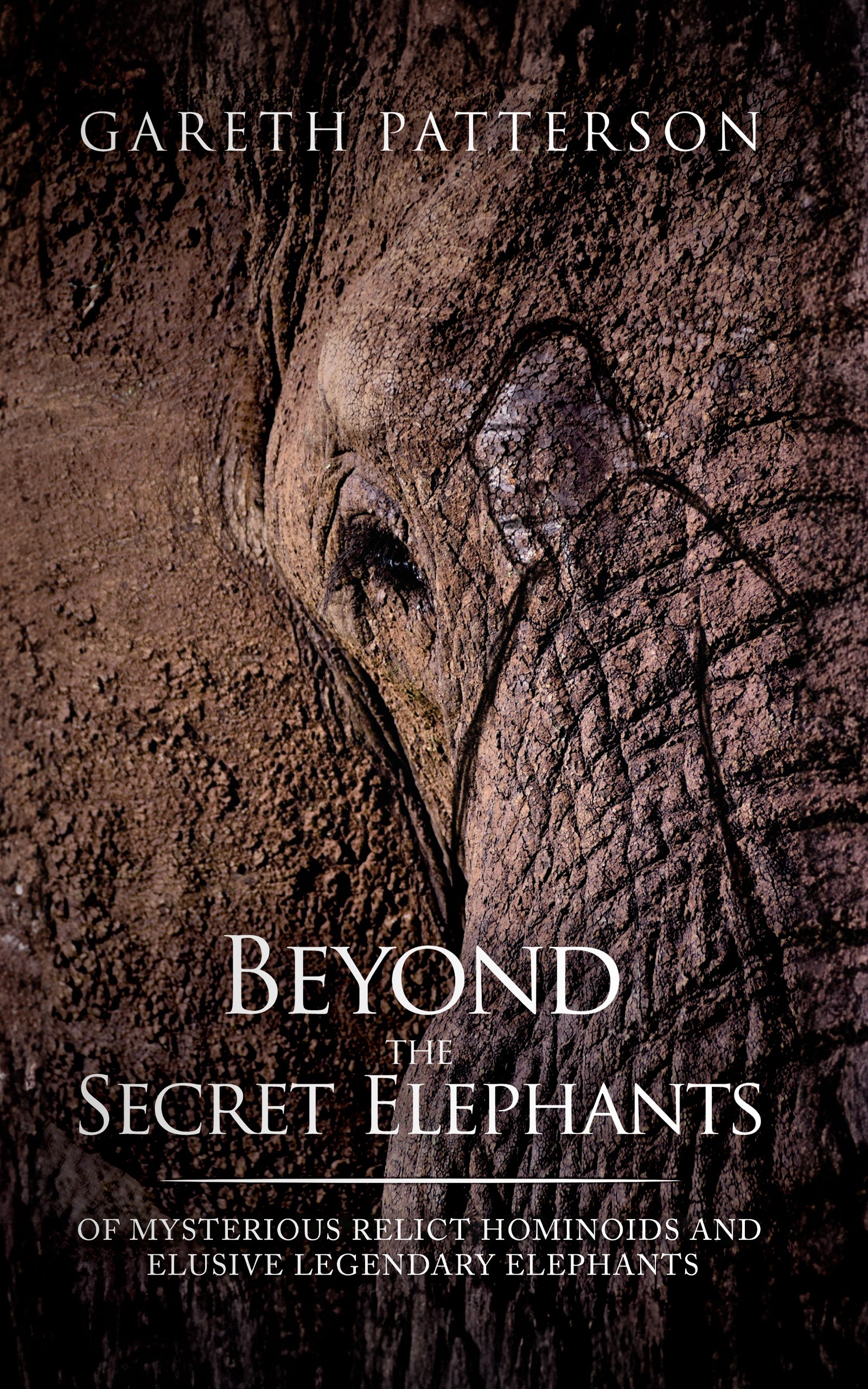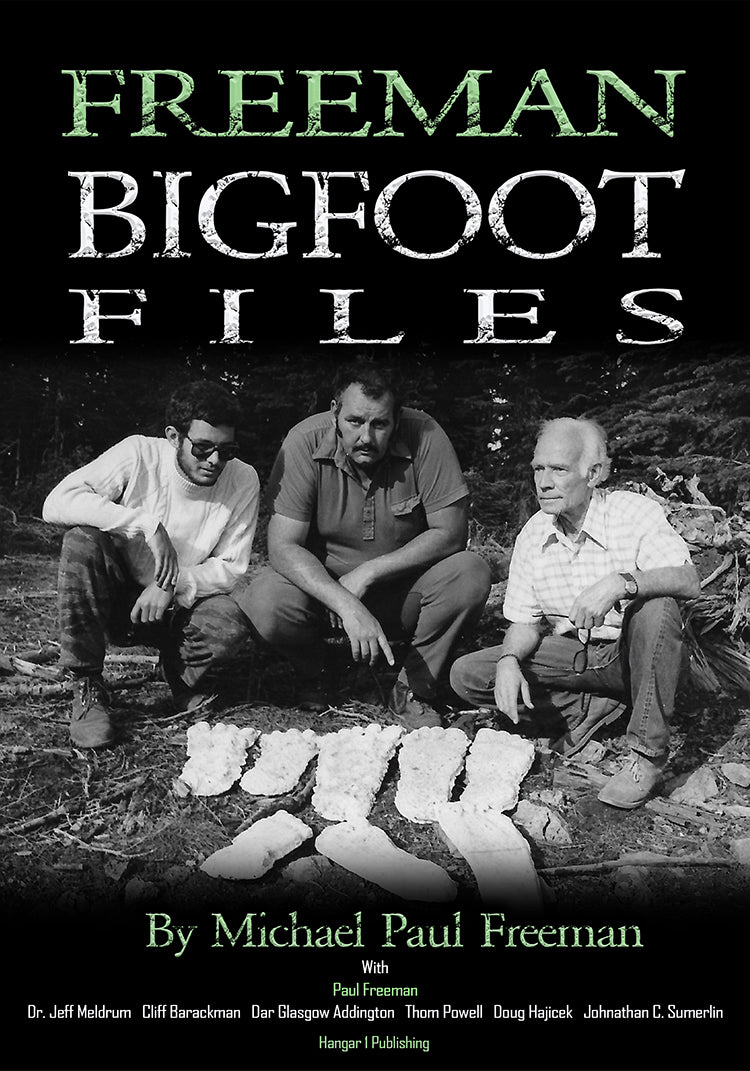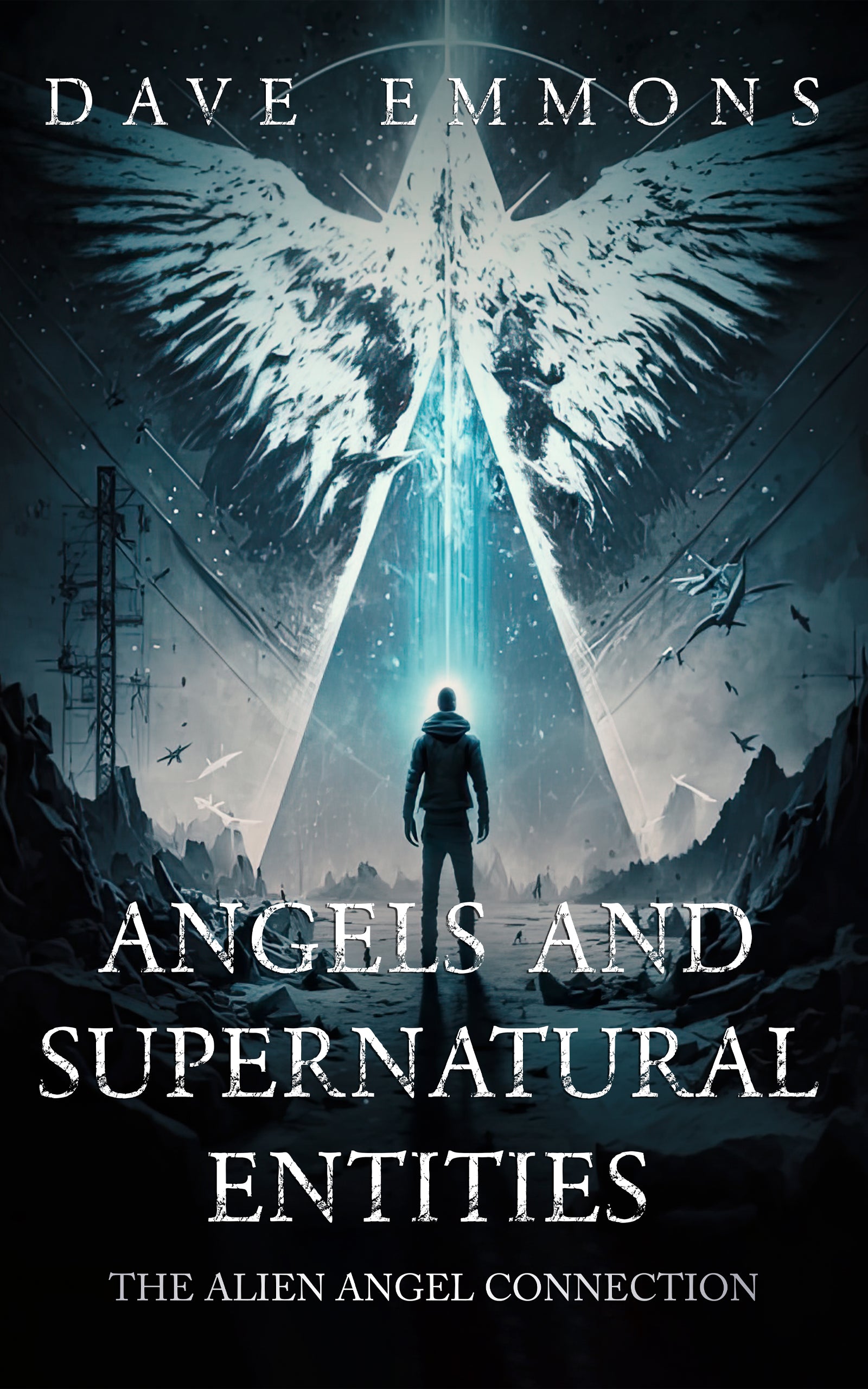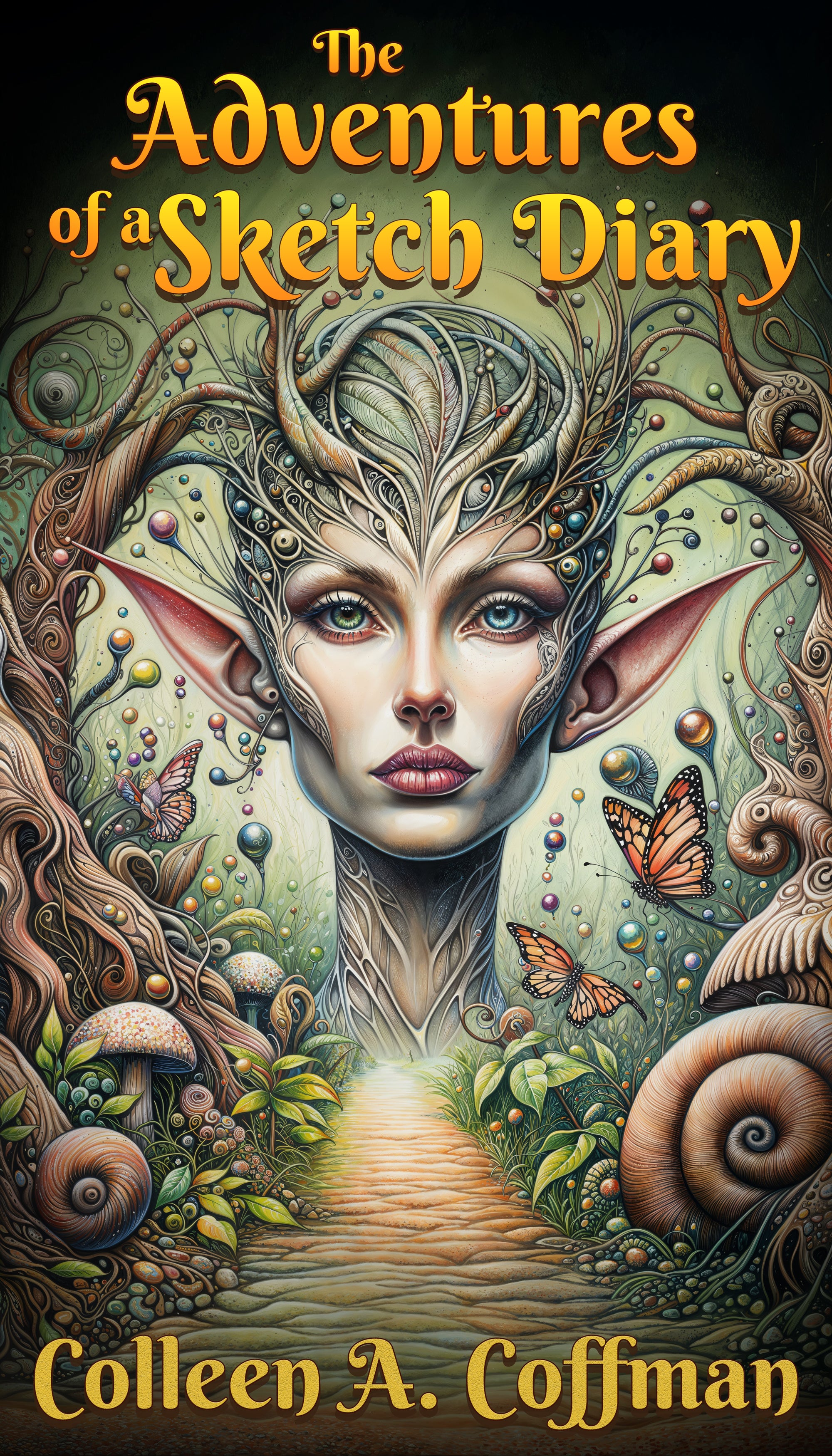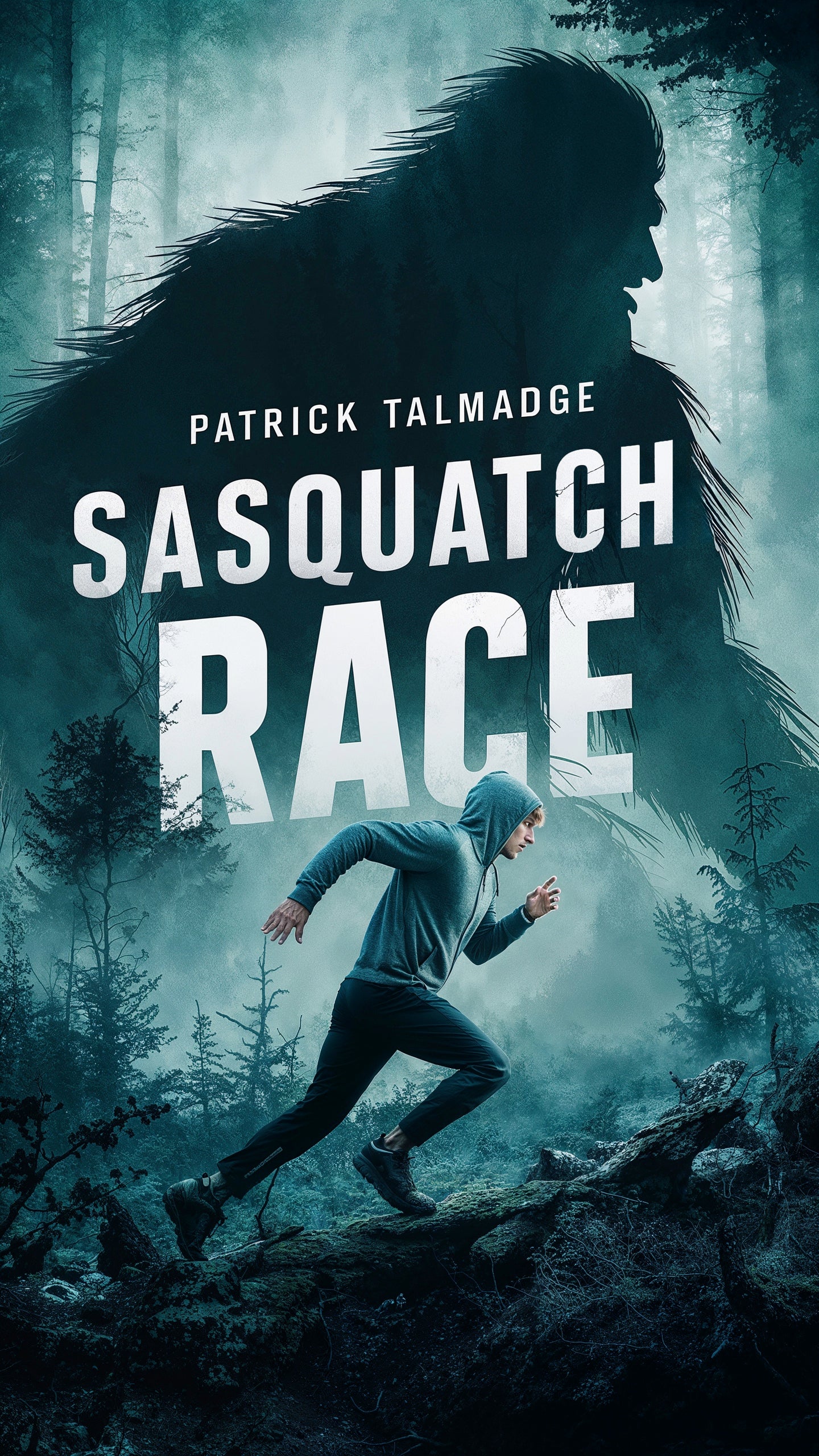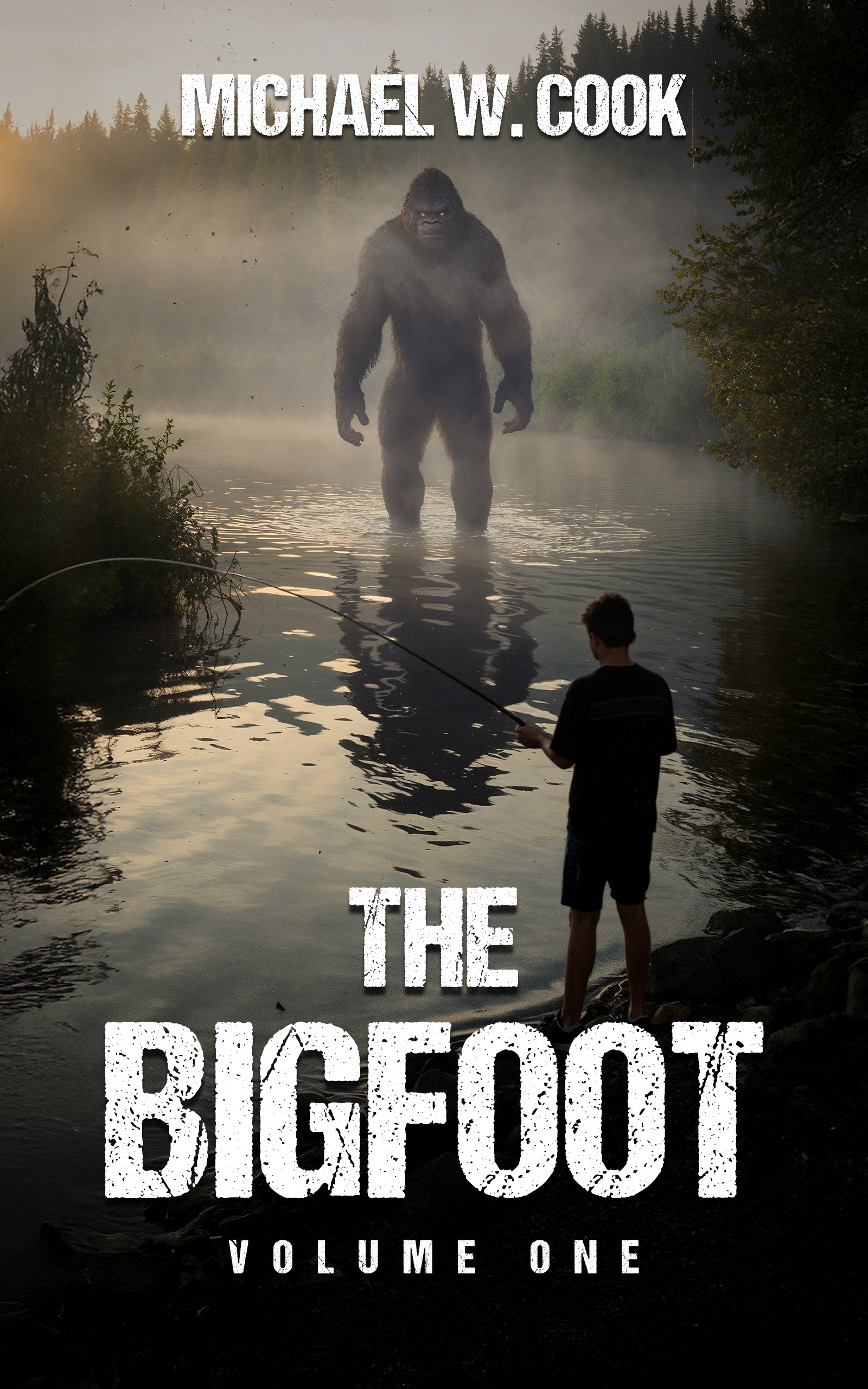Modern Alien Encounters Explored

By Vanessa Torres, Ufologist
The night sky has always held secrets. From ancient mariners reporting "ships among the stars" to today's military pilots tracking objects performing impossible maneuvers, humanity's fascination with what might exist beyond our understanding remains undiminished. But something changed in the mid-20th century. What was once a rare curiosity became a cultural phenomenon with profound personal dimensions.
Modern alien encounters aren't just about lights in the sky. They encompass a rich and sometimes disturbing tapestry of alleged personal experiences, cultural narratives, scientific investigations, and philosophical reconsiderations. They push far beyond the stereotypical image of bug-eyed greys and flying saucers that dominated early science fiction.
This exploration takes you through the documented history, diverse forms, psychological dimensions, cultural impact, and evolving interpretations of modern alien encounters. What emerges is a phenomenon that may tell us as much about ourselves as it does about any potential visitors from beyond.
The Birth of Modern Encounters
What makes alien encounters "modern"? The answer lies in a distinct shift that occurred after World War II. While historical records contain occasional mentions of strange aerial phenomena – like the 1561 "celestial phenomenon" over Nuremberg or the 17th century account of a vanishing minister with advanced astronomical knowledge – these earlier accounts lacked the cultural resonance and sheer volume of what followed.
Everything changed in 1947. When private pilot Kenneth Arnold reported seeing nine crescent-shaped objects moving at incredible speeds near Mount Rainier, Washington, his description sparked a media sensation. A journalist's summary that Arnold had seen "flying saucers" introduced a term that would forever change how we talked about unidentified objects in the sky. Within months, hundreds of similar sightings were reported across America.
But the true hallmark of modern alien encounters arrived in 1961, when Betty and Barney Hill claimed something far more invasive than a distant sighting. The interracial couple reported being taken aboard a spacecraft on a New Hampshire highway and subjected to medical examinations. Their account – which included amnesia that was later "recovered" through hypnosis – established a template that thousands would later follow: capture, examination focusing on reproduction, communication, and return with missing time.
"That's what separated the Hills' experience from earlier accounts," explains UFO historian Robert Powell. "They weren't just seeing something strange in the sky. They were describing a direct, physical interaction with non-human entities. It was personal in a way that previous reports weren't."
This distinction helps us understand how encounters are categorized. Astronomer J. Allen Hynek's classification system ranges from the "first kind" (simple sightings) through "second kind" (physical effects like radiation or landing marks) and "third kind" (observing entities) to the "fourth kind" (abduction). Modern encounters typically focus on these more interactive categories – going beyond mere observation to claim actual contact.
Today, official discourse has moved away from culturally-loaded terms like "UFO" toward the more neutral "Unidentified Anomalous Phenomena" (UAP). This shift reflects attempts to separate scientific investigation from the cultural baggage accrued over decades of speculation, hoaxes, and media sensationalism.
Countless Ways to Meet an Alien
The sheer variety of reported encounters defies easy categorization. Research by folklorist Thomas E. Bullard, abduction investigators Budd Hopkins and David Jacobs, and psychiatrist John E. Mack revealed patterns in abduction accounts, but even these "typical" narratives contain surprising complexity.
The "classic" abduction follows a sequence: being rendered immobile and taken to a craft, undergoing medical procedures (often focused on reproduction), communicating with entities, sometimes touring their vessel, experiencing missing time, being returned (occasionally with "errors"), and dealing with the psychological aftermath. Some report a profound sense of oneness or spiritual awakening upon return. These medical examinations differ notably from human procedures – focusing intensely on the cranium, nervous system, skin, and reproductive organs while largely ignoring cardiovascular and respiratory systems.
But modern accounts often diverge from this template in fascinating ways. Consider these recent claims:
- Sharon Gilbert reported an alien that imitated her husband in bed – a deeply disturbing personal invasion quite different from the clinical abductions typically described. When she confronted it, saying "Jesus is real," she claims the entity revealed its true form: reptilian with features like a gargoyle.
- Former congressional candidate Bettina Rodriguez Aguilera speaks of childhood contact with tall blonde entities who shared cosmic knowledge – telling her "the center of energy is in Africa" and "God is a universal energy." Her account lacks the terror present in many narratives, instead framing the encounter as educational.
- Retired defense intelligence official Angelia Schultz (now known as Añjali) claims to have been led to an alien base in the Mojave Desert where she communicated telepathically with lavender-skinned beings and entities resembling praying mantises. She speaks of ongoing contact and planned return visits, suggesting a continuing relationship rather than a one-time trauma.
The reproductive focus appears in disturbing accounts like Geraldine Orozco's, who describes experiencing multiple pregnancies that mysteriously ended with no fetus found. She believes these were taken for alien hybridization experiments – a claim echoed by Jane Nelms, who reports repeated abductions and unexplained physiological changes.
Some witnesses describe physical evidence. Dale Snipes claims an alien attempted to take her against her will while her husband slept beside her. Despite trying to wake him, even digging her nails into his arm, he remained unconscious. The following day, she says, he discovered bloody scratches matching where she had grabbed him.
Modern technology sometimes intersects with these experiences. Lily Nova reports that her UFO encounters began while pursuing astrophotography during the COVID-19 pandemic. She describes seeing craft over her neighborhood and eventually receiving telepathic communications and images from blue-complexioned beings.
For many experiencing these events, there comes what researchers call the "realization event" – the moment when scattered unusual experiences suddenly coalesce into the understanding: "I've been abducted by aliens." This realization becomes a dividing line in their lives, often prompting them to seek others with similar experiences through support groups or online communities.
The question of physical evidence remains contentious. Some abductees report persistent scars, radiation exposure symptoms, or even implanted objects. However, independent verification of these claims has proven elusive, with most alleged implants turning out to have prosthetic or mundane explanations when examined.
When Science Meets the Incredible
The scientific and medical communities have proposed several explanations for alien abduction accounts that don't require actual extraterrestrial visitors.
Sleep Paralysis and Psychological Factors
Sleep paralysis stands as perhaps the most compelling. This natural phenomenon occurs when a person wakes during REM sleep while their body remains paralyzed (an evolutionary adaptation preventing us from physically acting out our dreams). In this state, people often experience vivid hallucinations, sensing a presence in the room, feeling pressure on their chest, and seeing strange figures – what Harvard psychiatrist John Mack called "dreaming with your eyes wide open."
A Harvard study found that self-described abductees showed similar physiological responses when recounting their experiences as people with PTSD did when discussing genuine trauma. This suggests that regardless of whether the events physically occurred, the experiences are psychologically real to those who report them.
False Memory Syndrome
False memory syndrome offers another explanation. The seven-step process identified by researchers starts with a person predisposed to accept unusual experiences as potential alien contact, who then seeks out a therapist receptive to this possibility. Through leading questions and hypnosis, alternative explanations are neglected, and the abduction narrative becomes increasingly reinforced. The therapist's validation provides positive reinforcement, and the person ultimately adopts the role of "abductee" as part of their identity.
The use of hypnosis in recovering these memories remains particularly controversial. Critics point out that hypnosis increases suggestibility, potentially creating rather than recovering memories. Defenders, including Dr. Mack, counter that "a large proportion of the material relating to abductions is recalled without the use of an altered state of consciousness."
Studies of those reporting abduction experiences show mixed results. Some research identifies characteristics like "fantasy proneness" and "boundary thinness" (difficulty distinguishing between imagination and reality), while other studies find no significant psychological differences from the general population.
Cultural and belief systems clearly influence how unusual experiences are interpreted. The Harvard study noted that people reporting abductions often had pre-existing "New Age" beliefs. Throughout history, similar experiences have been interpreted through different cultural lenses – as demonic possession, visits from incubi or succubi, or encounters with fairies or other folklore creatures.
"What's striking," notes psychologist Susan Clancy, "is how these experiences get filtered through the prevailing explanatory framework of the time. In medieval Europe, strange nocturnal visitations were attributed to demons. In the space age, they become aliens."
The Alien as Mirror and Metaphor
Beyond reported personal experiences, modern alien encounters have become powerful cultural symbols explored through fiction, art, and social commentary.
Science Fiction as Cultural Commentary
Science fiction literature and film use alien encounters to create what scholars call "cognitive estrangement" – presenting the familiar world through an unfamiliar perspective that forces readers to question their assumptions. Works like Peter Watts's Blindsight, Ted Chiang's Story of Your Life (adapted as the film Arrival), and Jeff VanderMeer's Annihilation explore how contact with truly alien intelligence might transform human perception and identity.
"The most compelling alien encounter stories aren't really about the aliens," explains science fiction author Liu Cixin. "They're about us – how we respond to radical difference, how we might appear to intelligences that don't share our evolutionary history, and what aspects of humanity would survive such an encounter."
These stories ask fundamental questions: What makes us human? What constitutes intelligence? How might we need to change to communicate with truly alien minds? Octavia Butler's Lilith's Brood trilogy explores interspecies breeding and genetic manipulation, while Stanisław Lem's His Master's Voice examines the near-impossibility of understanding a message from a truly alien intelligence.
Alien as Social Metaphor
The concept of alienness has also proven fertile ground for social and political commentary. Jazz musician Sun Ra built an entire artistic identity around claiming to be from Saturn, using this cosmic persona to create an emancipatory narrative challenging white supremacy. His film Space Is the Place envisions an "alter-destiny" for Black people in outer space, away from Earth's oppressive systems.
Contemporary artists like Rana Hamadeh reconfigure the concept of "alien" to address urgent social issues. Her project "The Fugitive Image" explores the alien both as "an outcast with regard to the law and as an extraterrestrial" – a figure for possibility not tied to existing power structures.
Popular culture continues to reflect and shape our understanding of alien encounters. Films range from the terrifying (Alien, Fire in the Sky) to the wonder-inducing (Close Encounters of the Third Kind, Arrival), reflecting different aspects of our complex relationship with the unknown. These fictional portrayals influence how people interpret their own unusual experiences, providing ready-made templates for understanding the inexplicable.
The cultural impact of specific depictions can be seen in unexpected places – like a German carnival that created a knockoff version of Disney's now-closed "ExtraTERRORestrial Alien Encounter" attraction, complete with lifted promotional materials. This cultural recycling demonstrates how deeply certain images of alien contact have penetrated popular consciousness.
From Ancient Texts to Modern Technology
The impulse to interpret strange phenomena as visitors from beyond has deep historical roots. A 17th-century account published in the Athenian Mercury describes a man encountering a minister with extraordinary astronomical knowledge who mysteriously vanished. While contemporary readers might interpret this as a dream or hallucination, modern UFO enthusiasts sometimes cite it as an early alien encounter.
This reinterpretation of historical accounts extends to religious texts. The biblical vision of Ezekiel, with its wheels within wheels and strange entities, has been recast by some as a description of an advanced spacecraft and its occupants. Elijah's ascension in a "fiery chariot" gets reimagined as an alien abduction, while the mysterious Nephilim mentioned in Genesis are transformed into extraterrestrial visitors who interbred with humans.
Modern technology accelerates these reinterpretations. In a playful but illustrative example, artificial intelligence has been used to "reconstruct" biblical scenes as alien encounters, complete with flying saucers and grey aliens. While clearly speculative, such exercises highlight humanity's persistent tendency to revisit ancient mysteries through the lens of contemporary preoccupations.
This technology-assisted reinterpretation sometimes creates an ironic twist. The Torah's frequent injunctions to treat the "alien" (meaning foreigner) with kindness become reframed as potential ethical guidance for dealing with extraterrestrial visitors. As one AI reconstruction puts it: "Leviticus 19:33 – 'When an alien lives with you in your land, do not mistreat him.'"
Official Interest and Scientific Search
Government investigation of unusual aerial phenomena has evolved significantly since Project Blue Book closed in 1969. Recent years have seen a notable shift in official attitudes, with the Pentagon releasing previously classified videos of Navy pilots encountering objects performing seemingly impossible maneuvers.
These declassified videos – including the famous "Tic Tac" incident involving the USS Nimitz in 2004 – have pushed the conversation about unidentified phenomena into mainstream discourse. In 2021, the Office of the Director of National Intelligence released a preliminary assessment on Unidentified Aerial Phenomena, acknowledging that many reported objects remain unexplained after investigation.
Meanwhile, the scientific search for extraterrestrial life continues along more conventional paths. NASA's rovers examine Mars for signs of past microbial life. The James Webb Space Telescope analyzes the atmospheres of exoplanets for biosignatures. Radio astronomers scan the cosmos for artificial signals through programs like the Search for Extraterrestrial Intelligence (SETI).
Recent findings have expanded the prospects for life beyond Earth. Thousands of confirmed exoplanets now include many in their stars' habitable zones. Potential biosignatures like phosphine have been detected in Venus's atmosphere. Ocean worlds like Jupiter's moon Europa and Saturn's Enceladus contain vast subsurface seas that might harbor life.
These scientific advances provide a backdrop against which personal encounter narratives play out, but the connection remains tenuous at best. As astronomer Jill Tarter, co-founder of the SETI Institute, points out: "The question of whether microbial life exists elsewhere in our solar system is completely separate from whether technologically advanced civilizations are visiting Earth. The evidence requirements for these two propositions differ by many orders of magnitude."
This disconnect highlights perhaps the most fundamental aspect of modern alien encounters: the gap between subjective experience and verifiable evidence. What remains powerfully real to experiencers often lacks the independent verification that would transform personal testimony into scientific fact.
The Enduring Power of the Unknown
Modern alien encounters exist at a fascinating intersection of personal experience, psychology, culture, and scientific inquiry. Whether interpreted as literal events, psychological phenomena, or cultural narratives, they offer a unique window into how humans grapple with the unknown.
The diversity of these experiences – from terrifying abductions to spiritual awakenings, from clinical examinations to cosmic warnings – reflects the complexity of human psychology and the variety of ways we make meaning from the inexplicable. The consistency of certain elements across accounts suggests either common external stimuli or shared psychological patterns – both possibilities equally fascinating.
What makes these narratives endure is their ability to address our deepest questions: Are we alone? What is our place in the cosmos? How would we respond to truly "other" intelligences? The answers remain elusive, but the questions continue to drive both scientific inquiry and imaginative speculation.
As declassified government videos bring previously ridiculed phenomena into legitimate discussion, and as our scientific capabilities expand our understanding of what might be possible in the universe, the conversation around modern alien encounters continues to evolve. The boundary between fringe belief and mainstream consideration shifts, opening new possibilities for understanding these persistent reports.
Whether or not physical craft from other worlds have actually visited Earth, modern alien encounters have undeniably visited and transformed our culture, our psychology, and our understanding of the possible. They serve as a mirror reflecting our fears, hopes, and endless curiosity about what might exist beyond the boundaries of our knowledge – in the depths of space, in the recesses of the human mind, or perhaps somewhere in between.
From Bigfoot to UFOs: Hangar 1 Publishing Has You Covered!
Explore Untold Stories: Venture into the world of UFOs, cryptids, Bigfoot, and beyond. Every story is a journey into the extraordinary.
Immersive Book Technology: Experience real videos, sights, and sounds within our books. Its not just reading; its an adventure.




